What are prediction markets?
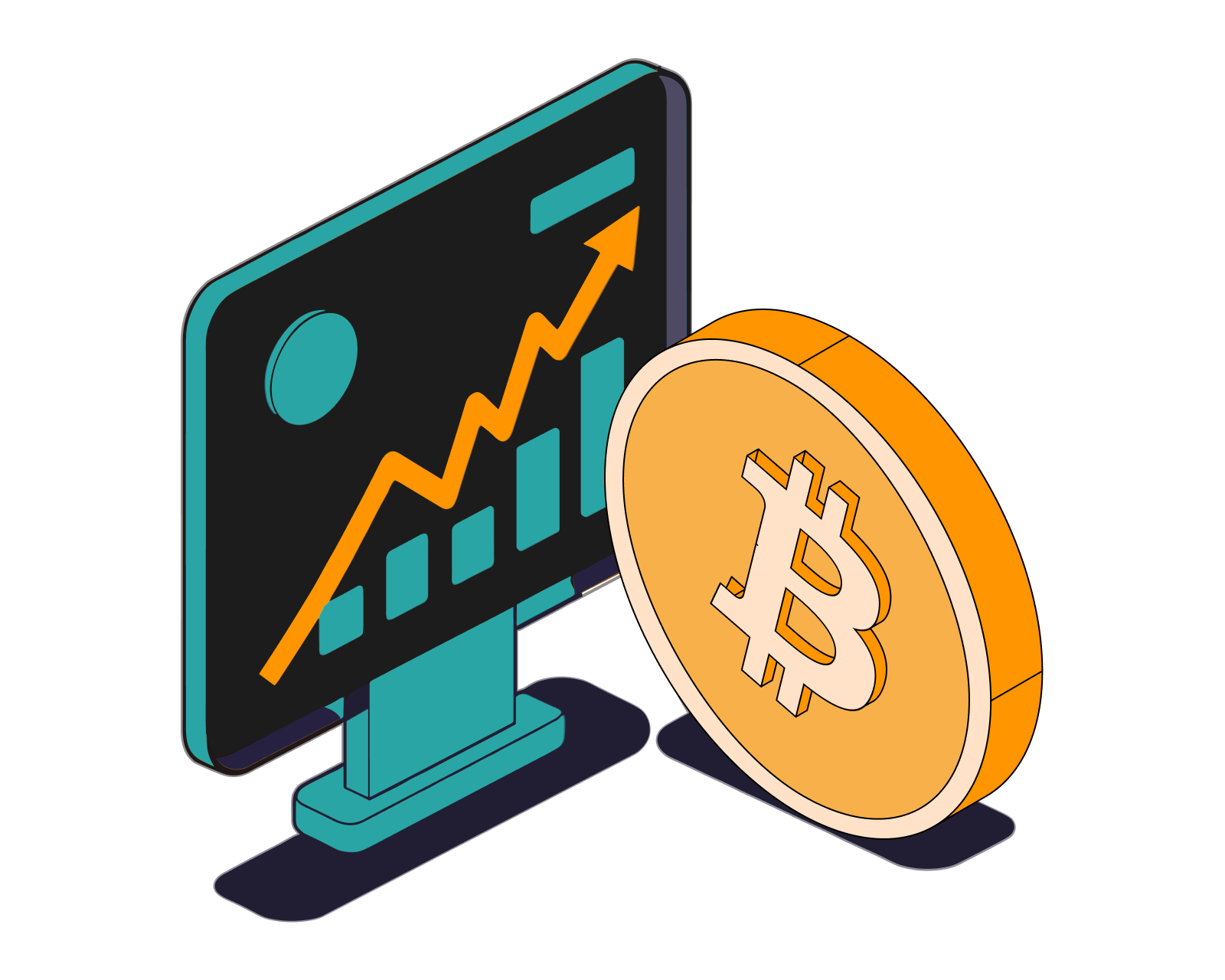
Table of Contents
- How prediction markets work
- What are the uses of prediction markets?
- Centralized or decentralized prediction markets
- Centralized or Decentralized Prediction Markets
- Dive Into the Ultimate Bitcoin and Crypto Gambling Experience
- Sports Betting
- Sports & Event Betting
- Casino Types
- Casino Games & Gambling Platforms
- Casino Bonuses, Token & Privacy Casinos
- Crypto Casino Games & Themes
- Poker
- Strategy & Guides
- eSports Betting
- Politics & Special Events
How prediction markets work
Most prediction markets are a binary option market (e.g., “yes" or “no), where the two options will expire at the price of 0% or 100%. Before expiry, the two assets trade between 0% and 100%, which indicates what the marketplace thinks the odds are. Let’s return to our sporting event example. If the market price of token A is US$0.30 and the price of token B is US$0.70, then the market believes the likelihood of team B winning is approximately 70%.
What are the uses of prediction markets?
Prediction markets can be seen as an extension of derivatives markets. Derivatives, such as futures and options, are used to predict the future price of assets such as oil, gold, stocks, and bitcoin. Prediction markets do the same for events.
Derivatives markets are also used to bet on the probability of some future events, but indirectly. For example, if you believe a certain political party will win the US presidency, you might express that belief by buying or selling certain stocks and commodities. Prediction markets allow people to place bets directly on the probability of the election. In this way, prediction markets can be seen as a “cleaner" way to express your views of the future.
Prediction markets might also be a public good. They have proven to be relatively accurate at predicting future events. Companies such as Google have begun to use prediction markets. Financial institutions pay attention to prediction markets on things like Central Bank rate hikes. News organizations and society at large pay attention to prediction markets on political elections.
Prediction markets are still a young industry. It seems likely that their predictive power will only increase as a more and varied group of people participate.
Centralized or decentralized prediction markets
Centralized or Decentralized Prediction Markets
Many prediction markets today operate within the traditional finance and Web2 ecosystem. Platforms like Kalshi represent a regulated, centralized approach to prediction markets—offering a professional and compliant environment for trading event outcomes. Kalshi, in particular, stands out for being CFTC-regulated, bringing credibility and legal clarity that most platforms lack. However, like other centralized markets, these platforms often face inherent limitations that can affect their predictive accuracy.
One of the main constraints is the cap on how much individuals can stake. Even when someone has strong conviction and the capital to support it, position limits—often below $1,000—can prevent them from fully acting on mispricings in the market. This weakens the market’s ability to reflect true probabilities. Additionally, regulatory requirements like KYC can exclude large segments of the global population, narrowing the participant pool and potentially skewing results. Fees also remain a concern, as seen on platforms like PredictIt, which charges high withdrawal fees.
Decentralized crypto-based prediction markets offer an alternative. They typically allow users to express their views with fewer restrictions, no mandatory KYC, and significantly lower fees. These open-access, low-cost platforms unlock a broader base of participants and allow conviction to scale more freely—strengthening the prediction market’s collective intelligence. While Kalshi plays an important role in bringing event-based trading into the regulatory mainstream, decentralized models aim to complement this by expanding access and flexibility.
Related guides
Start from here →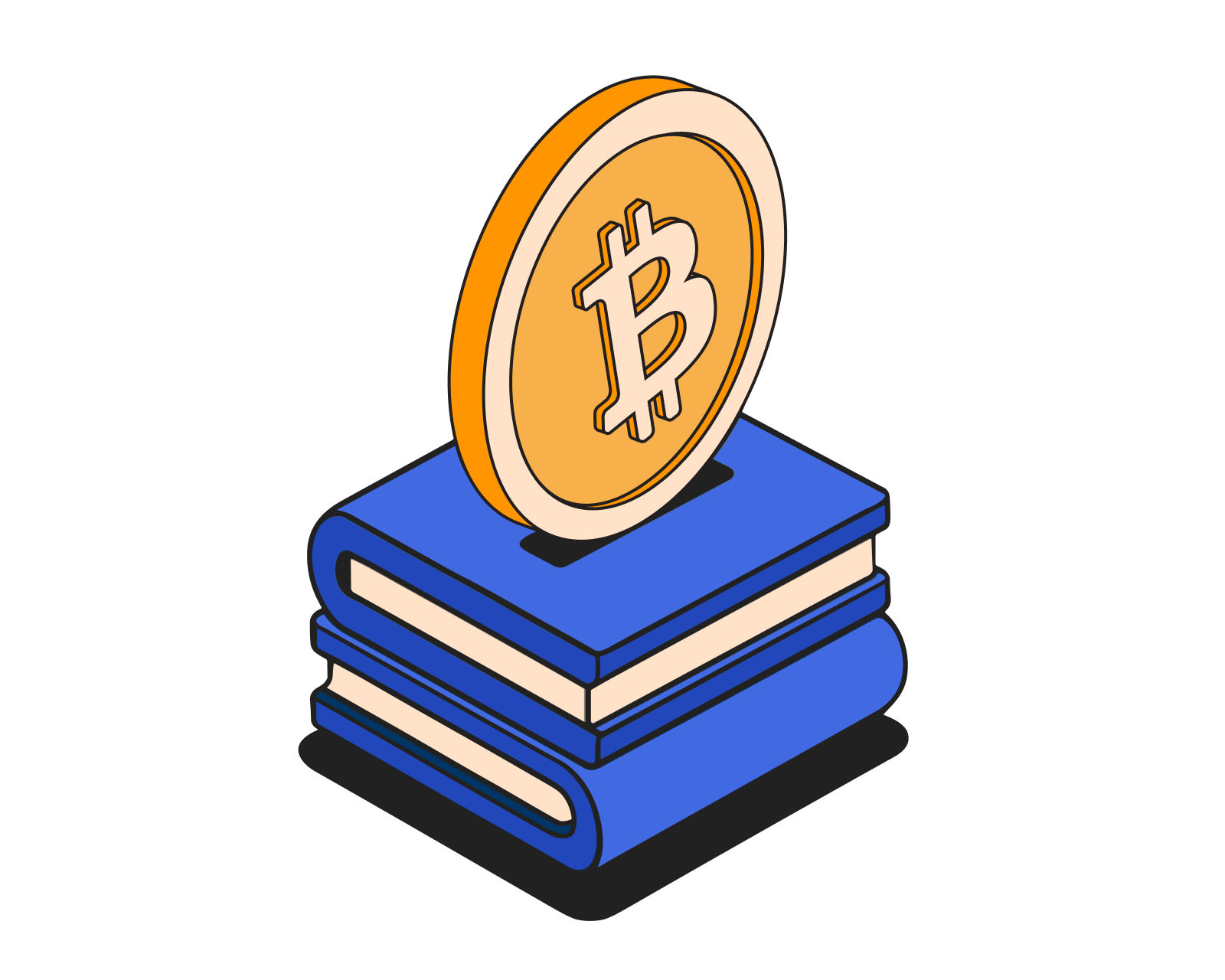
Learn the basics of cryptocurrency
Are you new to cryptocurrency? Get a simple introduction and learn why crypto matters.
Read this article →
Learn the basics of cryptocurrency
Are you new to cryptocurrency? Get a simple introduction and learn why crypto matters.

What are NFTs?
Learn about NFTs, how they work, examples of prominent NFTs, and much more.
Read this article →
What are NFTs?
Learn about NFTs, how they work, examples of prominent NFTs, and much more.
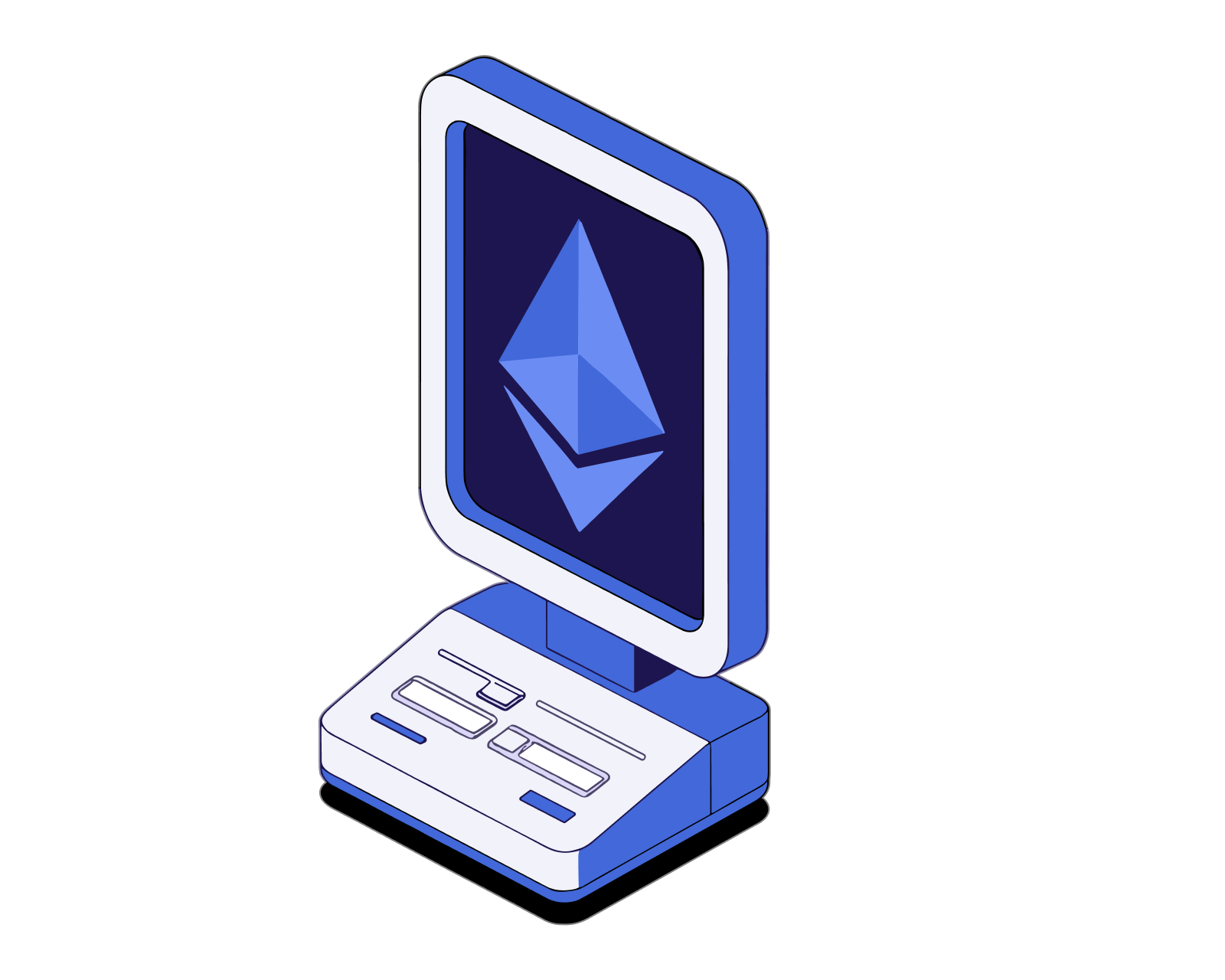
What is DeFi?
Learn what makes decentralized finance (DeFi) apps work and how they compare to traditional financial products.
Read this article →
What is DeFi?
Learn what makes decentralized finance (DeFi) apps work and how they compare to traditional financial products.
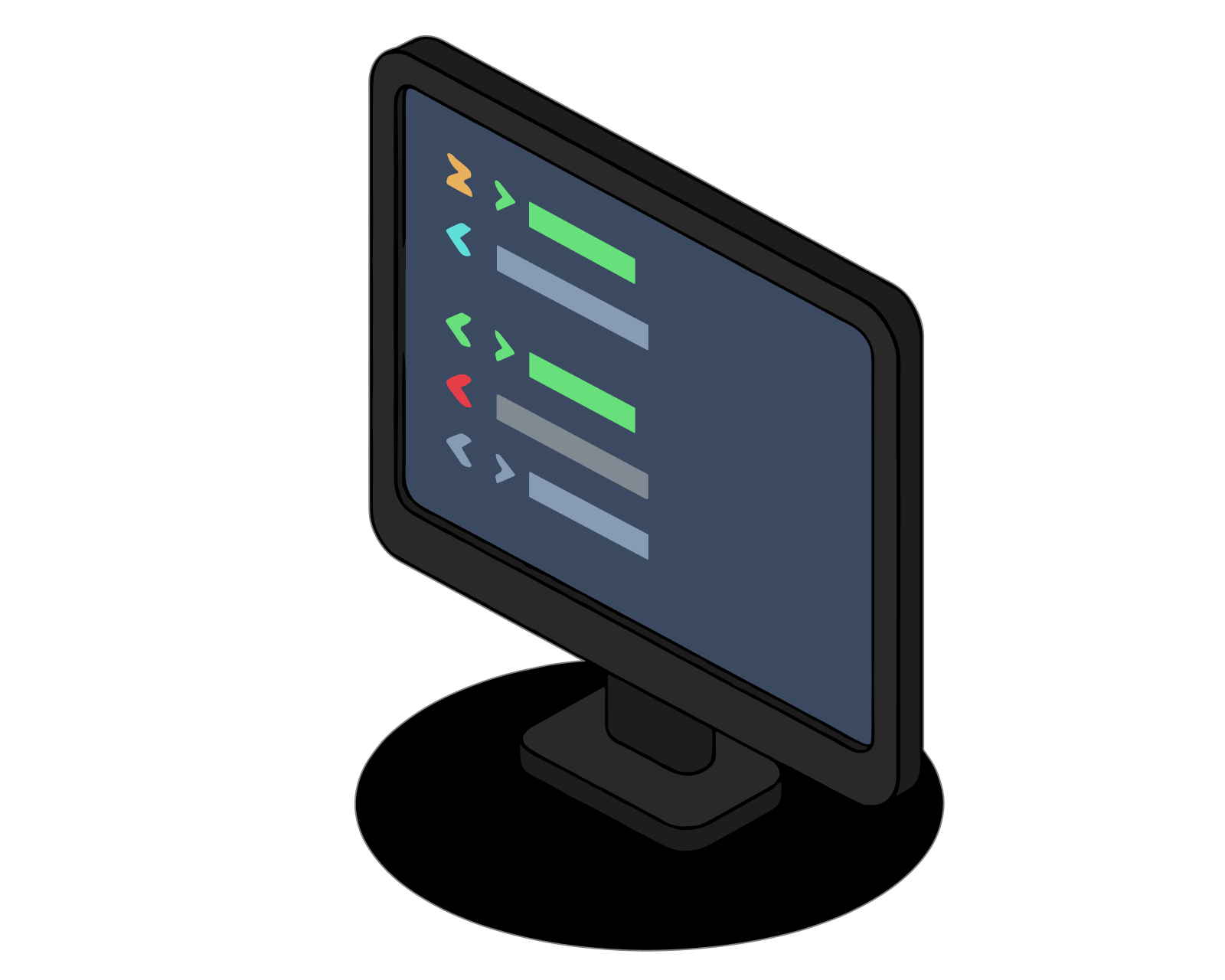
What is a DEX?
A decentralized exchange (DEX) is a type of exchange that specializes in peer-to-peer transactions of cryptocurrencies and digital assets. Unlike centralized exchanges (CEXs), DEXs do not require a trusted third party, or intermediary, to facilitate the exchange of cryptoassets.
Read this article →
What is a DEX?
A decentralized exchange (DEX) is a type of exchange that specializes in peer-to-peer transactions of cryptocurrencies and digital assets. Unlike centralized exchanges (CEXs), DEXs do not require a trusted third party, or intermediary, to facilitate the exchange of cryptoassets.
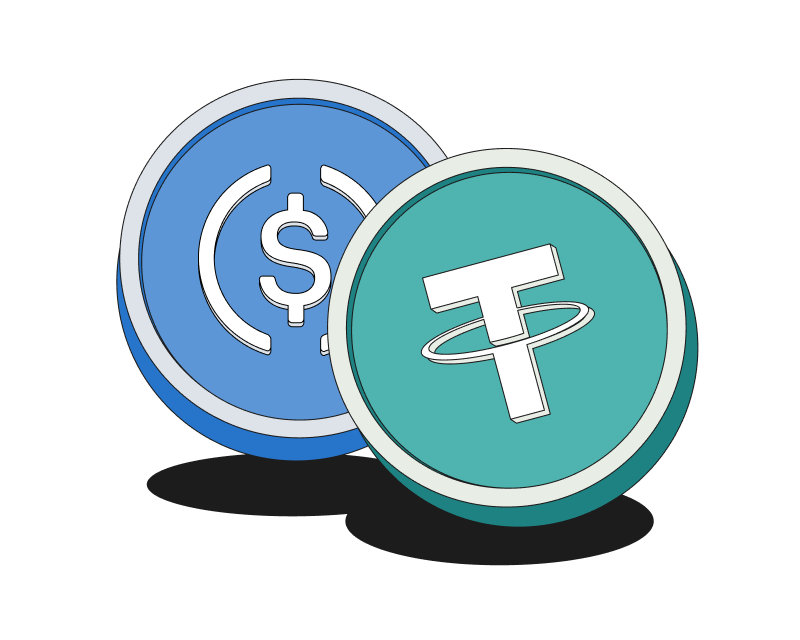
What are stablecoins?
Learn about the key US-dollar crypto 'stablecoins,' how they remain stable, what they're used for, ways to earn interest on them, and where to get them.
Read this article →
What are stablecoins?
Learn about the key US-dollar crypto 'stablecoins,' how they remain stable, what they're used for, ways to earn interest on them, and where to get them.

What is APY?
APY stands for annual percentage yield. It is a way to calculate interest earned on an investment that includes the effects of compound interest.
Read this article →
What is APY?
APY stands for annual percentage yield. It is a way to calculate interest earned on an investment that includes the effects of compound interest.
STAY AHEAD IN CRYPTO
Stay ahead in crypto with our weekly newsletter delivering the insights that matter most
Weekly crypto news, curated for you
Actionable insights and educational tips
Updates on products fueling economic freedom
No spam. Unsubscribe anytime.
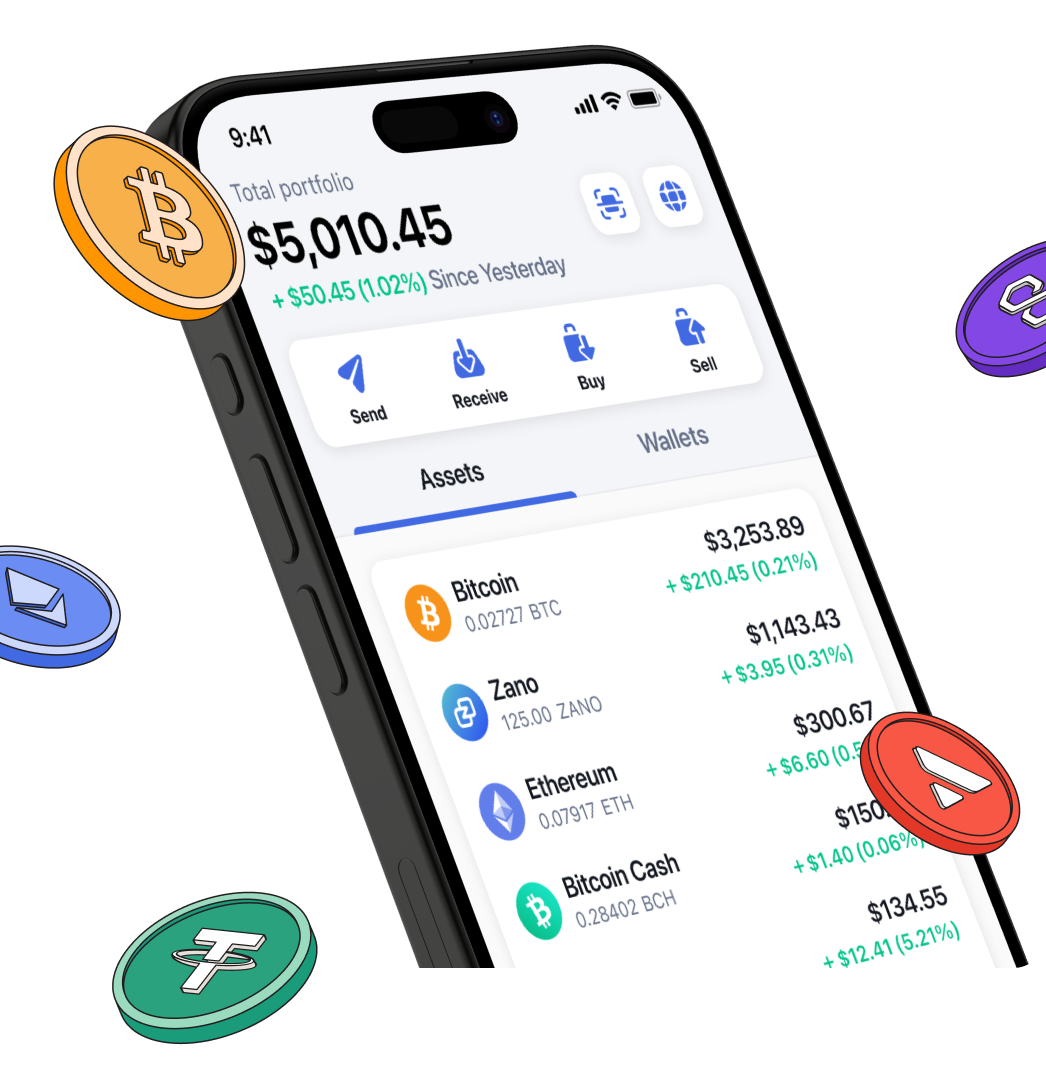
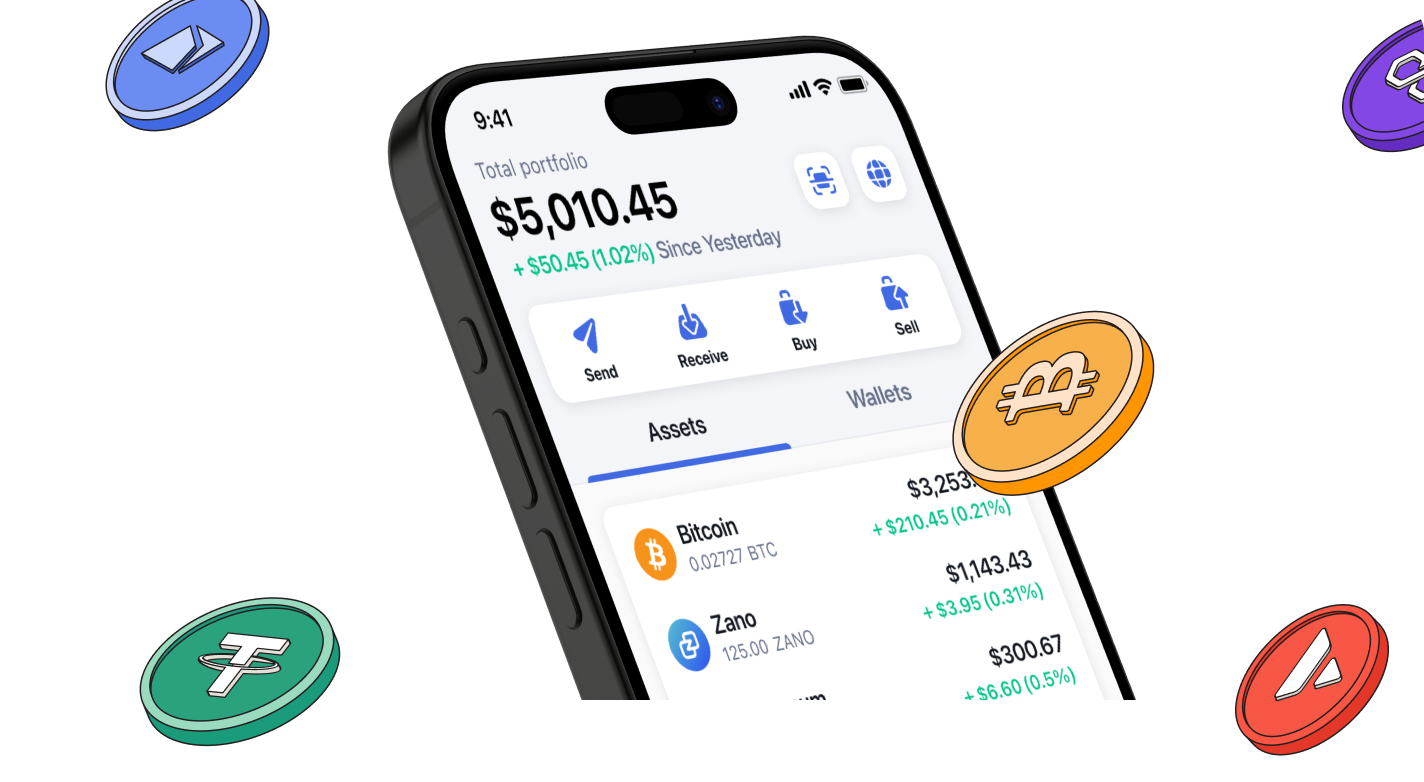
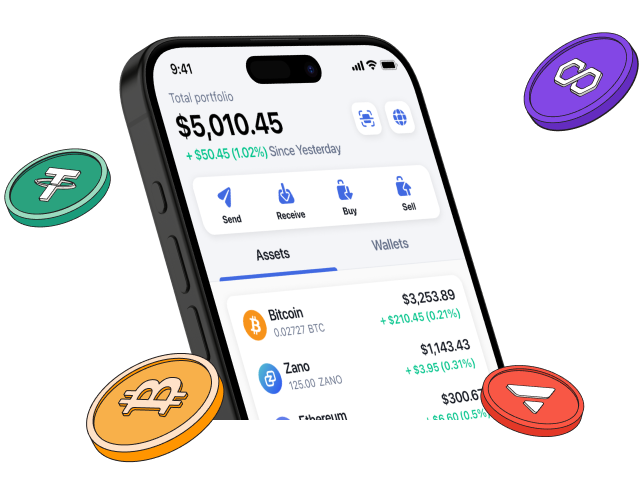
Start investing safely with the Bitcoin.com Wallet
Over wallets created so far
Everything you need to buy, sell, trade, and invest your Bitcoin and cryptocurrency securely

© 2025 Saint Bitts LLC Bitcoin.com. All rights reserved


